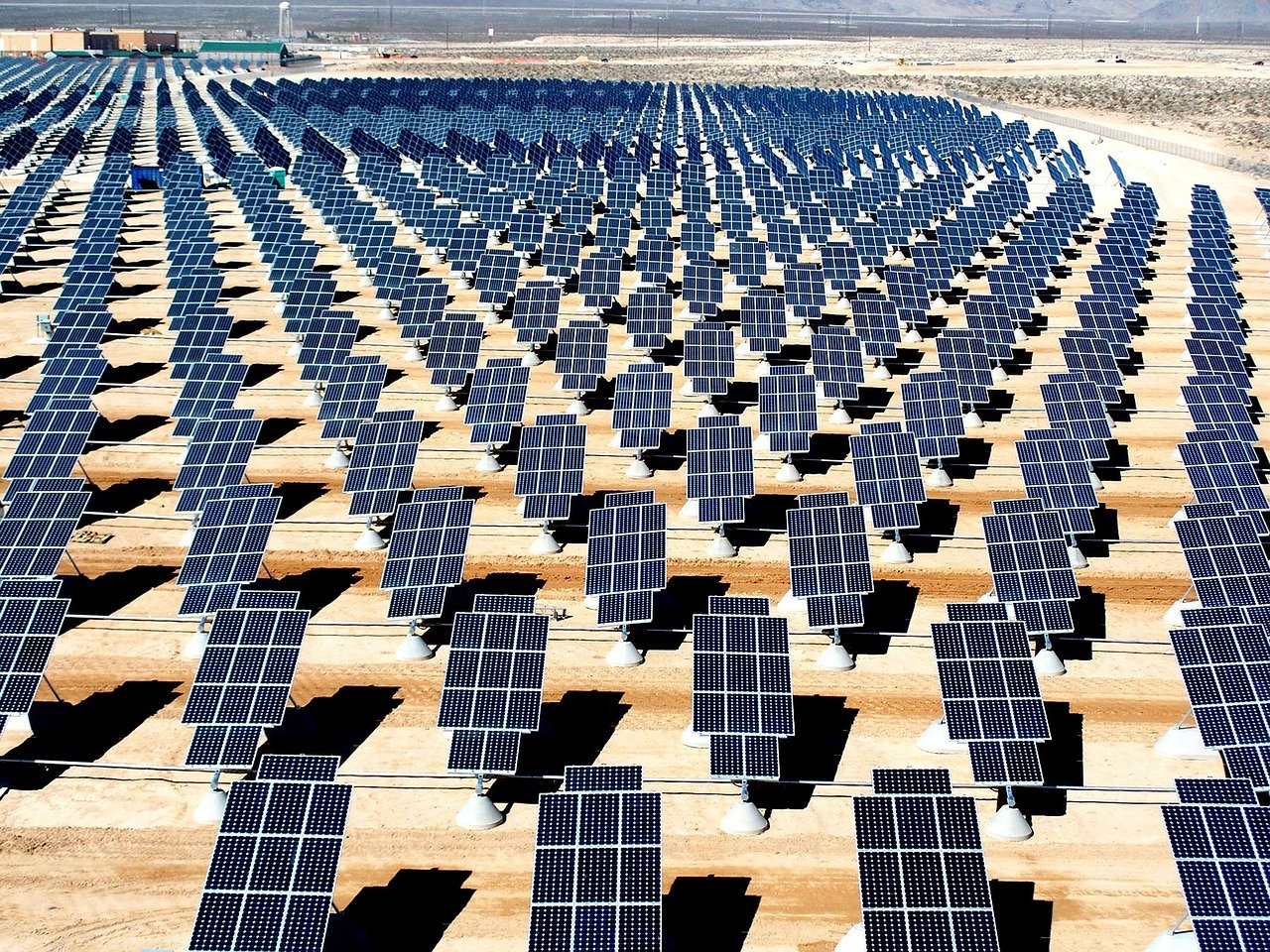In Paris, countries are expected to reach the most significant agreement on climate change in history. But these expectations partly reflect the low level of achievement seen so far after the last two decades of slow-moving global negotiations.
Understanding the likely winners and losers from Paris requires a look at the impact of past agreements, even if at the time these impacts of those agreements appeared weak or inconsequential.
Historically, global climate agreements have had their biggest impact on markets in carbon emissions permits, and on the energy sector, including the contrasting fortunes of coal and renewable power.
The first agreement to assign emissions targets to individual nations was the Kyoto Protocol in 1997. The Protocol set targets for nearly 40 industrialised nations to cut emissions, but allowed them to meet these targets by paying developing countries to cut emissions on their behalf, through an international market in carbon offsets.
The Protocol’s biggest, most direct business impact was to spawn an international trade in emissions permits. To meet its Kyoto targets, the European Union (EU) introduced an emissions trading scheme, which put a limit on the carbon emissions of heavy industry. That in turn led to a thriving trade in carbon offsets between European factories and power plants and low-carbon projects in developing countries.
Past winners and losers
The biggest winners from carbon trading, ironically, were big industrial polluters. In the early days of the EU scheme, steel producers and fossil fuel power generators received generous allocations of free emissions permits, which they then sold on the carbon market, earning windfall profits.
Meanwhile, big industrial polluters in China, India and South Korea found cheap ways to reduce emissions and earn carbon offsets, which they then sold sometimes at vast margins to European buyers. The other big winners were carbon brokerages, largely based in London.
While the much-maligned Copenhagen climate summit in 2009 fell far short of reaching a robust, global agreement to tackle climate change, it did establish broad, headline targets to reduce greenhouse gas (GHG) emissions in around 90 developed and developing countries.
Some of those targets have since had major impacts.
For example, the EU committed to source a fifth its total energy from renewables by 2020. That target continued to drive a massive ramp-up in renewable energy across Europe, which nations such as Denmark and Germany began nearly two decades ago. European demand for solar technology and wind turbines has led to a massive rise in manufacturing output and plummeting costs, in turn feeding rapid global growth.
Meanwhile, China committed to reduce the carbon emissions per unit of its economic output, called carbon intensity. It has since emerged that this target was rather ambitious, and the task of meeting it is now adding further pressure on coal demand in China.
A big winner from Copenhagen, therefore, was Europe’s renewable energy market. Further afield, the big loser was coal.
But the weak outcome from Copenhagen, in legal treaty terms, deterred the EU from making its emissions targets more ambitious, for fear of damaging industry. That was a nail in the coffin for carbon markets, already reeling from the impacts of a financial crisis that had slashed industrial output.
There are strong signs that Paris will continue along the same path that was laid down at Copenhagen. A Paris agreement will underpin further growth in renewable energy, and in the same way, hasten the decline of coal, the most carbon-emitting form of energy.
The prospects for carbon markets, meanwhile, remain in limbo, hinging more on regional developments, such as a national scheme in China and raising demand in Europe.
Renewables will win
The targets that nations have submitted ahead of the Paris conference show that demand for wind, solar and hydro will grow. For example, the US has proposed to cut GHGs by up to 28% by 2025 compared with 2005 levels. This target will largely be implemented through the Environmental Protection Agency’s proposed Clean Power Plan.
The US Department of Energy’s own analysis suggests that the Clean Power Plan will lead to a cumulative 341 GW of renewable power generating capacity by 2030, which is more than double the 162 GW in place today. Without a Clean Power Plan, US installed renewable power would likely rise more sedately to an estimated 197 GW in 2030.
There will be similar impacts from targets to cut carbon emissions and support renewable energy in other big economies, including Brazil, China, the EU, India and Mexico.
Coal will lose
China is the world’s biggest coal consumer, and has committed to halt growth in its carbon emissions by 2030 at the latest. Coal demand and carbon emissions rise and fall in perfect lock-step in China, because coal is the country’s biggest source of both energy and carbon dioxide.
A Paris agreement will therefore almost certainly see coal demand in the world’s biggest user of the fuel reach its peak at some point in the next decade, with negative impacts for coal prices far sooner, as demand growth slows.
Paris will see stronger climate action than Copenhagen, and therefore bigger impacts on coal and renewable energy, for four reasons.
Firstly, the agreement will involve far more countries: at time of writing around 185 nations had submitted plans for climate action under a Paris agreement, compared with 90 under the Copenhagen Accord. Secondly, their targets are far more detailed this time around, making countries more accountable.
Thirdly, countries are expected to agree to review their climate action targets at regular intervals, perhaps in five-year cycles starting in 2020, making this a long-term agreement with a clearer direction of travel. And fourthly, governments are expected to agree to open and transparent disclosure regarding their climate actions and progress, for example, reporting these on an annual or biennial basis to the UN.
Scale of ambition
One useful indicator of who will win from what outcome is the level of lobbying that’s taken place in advance of the conference.
One would expect that an ambitious agreement would help companies involved in the renewable energy sector; whether in manufacturing of solar technology and wind turbines, the supply of renewable power, or the integration of renewable energy through the use of digital, internet-based electric grid technologies. In addition, technologies that boost energy efficiency should reduce carbon emissions, and therefore benefit from an ambitious climate agreement.
Sure enough, press statements ahead of the Paris conference have spurred all of the above companies to lobby for ambitious action.
But, on the flip side, a weak Paris agreement will favour fossil fuel exporters.
Perhaps the biggest impact from a Paris agreement will come from the single outcome with the greatest remaining uncertainty, which is whether the agreement will have a long-term goal to decarbonise the global economy by the end of the century. Underpinning such a goal, in its latest assessment of the science, the Intergovernmental Panel on Climate Change said global GHG emissions should be near zero or below, by 2100, if the world wishes to limit warming to 2C above pre-industrial levels.
While such a goal may seem rather irrelevant, being so distant, it could be the clincher for a shift towards a low-carbon economy. That is because a clear commitment to eliminate greenhouse gas emissions by the end of this century would imply halving these by the middle of the century. If such a goal can make a low-carbon transition appear inevitable, then investors and entrepreneurs are more likely to engage now – since there is an advantage to get ahead. This would hasten innovation and cost reductions, which in turn could make such a transition swifter and more painless than expected.
But such a long-term goal is still in the drafting stage and by no means sealed. It is likely to remain that way until the final hours of the conference, sometime over the weekend of Dec 11-13.

